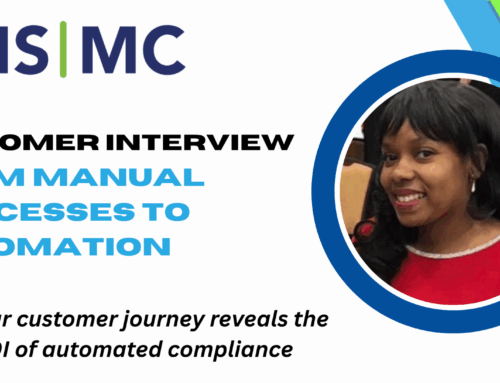
Many organizations struggle with crafting policies and procedures. In healthcare, guidelines are far more essential than in other businesses. Following guidelines helps set expectations. They guide office procedures and patient care
Get this wrong, and it can lead to a life-or-death situation. Even minor mishaps can lead to significant risk.
You know this. But where do you begin?
Implementing Policies and Procedures in Healthcare
Imagine taking a vacation without creating a plan. Or saving for retirement without a plan in place. We know plans are imperative to action. We use planning to implement almost everything we do.
Plans define how something will be executed. It outlines the goals, scope, and purpose, along with the resources, needed to carry out the plan.
An implementation plan serves as a critical reference point throughout the lifecycle. It’s designed to keep everyone on the right track with everything they face. Healthcare policies and procedures are designed to provide guidance on:
- Patient care – to minimize errors, reduce risks, and enhance the overall safety of patient care
- Quality of care – best practices and evidence-based approaches to ensure high-quality care across all departments
- Compliance – to adhere to legal and regulatory requirements
- Efficiency and consistency – to help professionals perform consistently, reducing variations in care delivery and improving overall operational efficiency
- Risk management – managing emergencies and other critical situations, responding to unexpected events and minimizing potential harm
- Continuous improvement – documentation gives you a starting point for regular review and updating policies for best practices
Get this right, and you’ll create a culture of continuous improvement.
Risk of Outdated Policies and Procedures in Healthcare
We all reach a point where it seems counterintuitive to change. You have guidelines in place that work; why change? Charles Darwin said it best:
“It is not the strongest or the most intelligent who will survive but those who can best manage change.”
Change happens every day. If you’re not consistently planning for change, you risk outdated policies and procedures. That can cause many problems, such as:
- Patient safety concerns – medical knowledge, technology, and best practices may be outdated, ineffective, or inappropriate.
- Legal and regulatory non-compliance – this can expose an organization to legal consequences, fines, and loss of accreditation.
- Inefficiency and workflow issues – create outdated delivery systems with increased workload for staff, disruptions in workflow, ultimately affecting the quality and timeliness of patient care.
- Data security and privacy risks – with our current pace of technological advancement, protecting patient information is a critical concern. Outdated policies may not address the current threat levels, leaving your organization vulnerable.
Failure on any level leads to increased risk. As a healthcare provider, you should regularly review and update all policies and procedures to ensure alignment with current best practices, regulations, and technological advancements. It’s the best way to keep staff updated and on track for excellence.
Writing Policies and Procedures in Healthcare
Convinced you need a little work in crafting your policies and procedures? In healthcare, this is an ongoing process and one you can’t afford to ignore.
Luckily, it doesn’t have to be a complicated process. Your current structure can lead the way. Then, utilize the tools and resources available to make the process as easy as possible.
Start with current laws and regulations. Healthcare is one of the most regulated industries for a reason. This makes it essential to craft guidelines according to these laws; it also ensures you’ll have more resources to follow.
Take HIPAA as an example. They have crafted specific rules and regulations, and update them regularly. HIPAA compliance is well-defined. Because of this, you’ll find resources tailored to help you create your policies and procedures, as well as craft practical guidelines that are easy to follow throughout your daily routine.
With checklists in hand and tools available for updates and additions, you can generate new guidelines regularly, ensuring you have all the necessary language and components to meet the standards.
As you write, create measurable objectives that clearly define each guideline. This will allow management to measure effectiveness, and provide guidelines for staff to fully understand their jobs. Don’t fill it with legal mumbo-jumbo; use easy-to-understand language everyone can follow. Automate it. It’s the easiest way to ensure your entire compliance process is as easy as possible.
Using Software for Policy Management
The importance of policies and procedures in healthcare cannot be overstated. These guidelines are not mere paperwork; they are the backbone of a well-functioning healthcare organization. In a field where the stakes are as high as life and death, following meticulously crafted policies and procedures is crucial for success.
As Charles Darwin wisely noted, it is those who can best manage change who will thrive, and in healthcare, effective policies and procedures are the keys to thriving in an ever-evolving environment.
Compliancy Group’s software provides you with the tools for effective policy management. Implementing policies in your healthcare organization doesn’t have to be difficult. We provide you with policy templates and make it easy for you to distribute them to your staff. The best part? You don’t have to monitor changes in regulatory compliance. We do it for you and revise policy templates to match current standards. Get a full set of policies and procedure templates for HIPAA, OSHA, SOC 2, and more.









